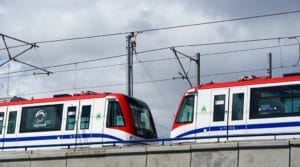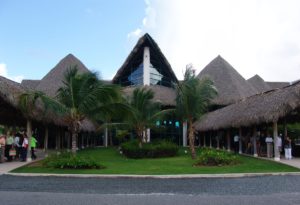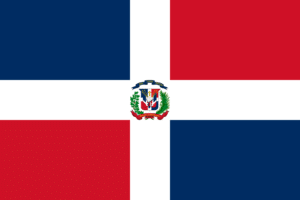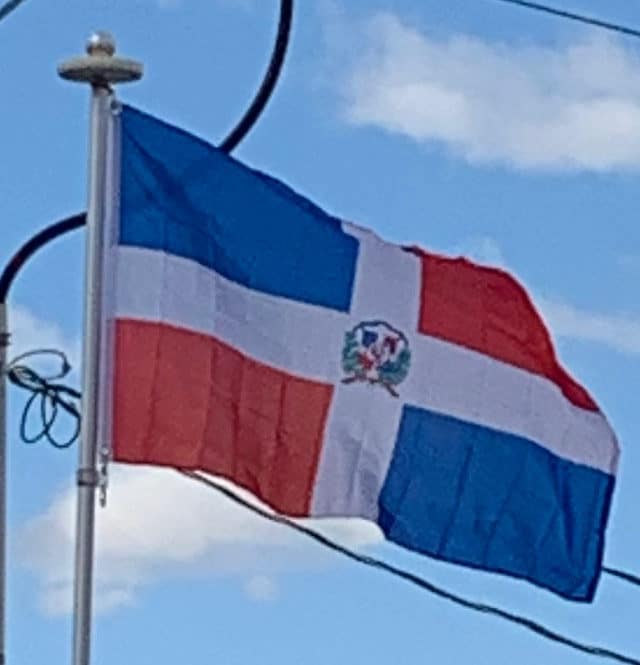
There are two main bus transportation services in the Dominican Republic: one controlled by the government, through the Oficina Técnica de Transito Terrestre (OTTT) and the Oficina Metropolitana de Servicios de Autobuses (OMSA), and the other controlled by private business, among them, Federación Nacional de Transporte La Nueva Opción (FENATRANO) and the Confederacion Nacional de Transporte (CONATRA). The government transportation system covers large routes in metropolitan areas such as Santo Domingo and Santiago.
There are many privately owned bus companies, such as Metro Servicios Turísticos and Caribe Tours, that run daily routes.
The Dominican Republic has a rapid transit system in Santo Domingo, the country’s capital. It is the most extensive metro system in the insular Caribbean and Central American region by length and number of stations. The Santo Domingo Metro is part of a major “National Master Plan” to improve transportation in Santo Domingo as well as the rest of the nation. The first line was planned to relieve traffic congestion in the Máximo Gómez and Hermanas Mirabal Avenue. The second line, which opened in April 2013, is meant to relieve the congestion along the Duarte-Kennedy-Centenario Corridor in the city from west to east. The current length of the Metro, with the sections of the two lines open as of August 2013, is 27.35 kilometres (16.99 mi). Before the opening of the second line, 30,856,515 passengers rode the Santo Domingo Metro in 2012. With both lines opened, ridership increased to 61,270,054 passengers in 2014.

There are 8 international airports in the Dominican Republic and an additional 6 domestic airports. The four busiest airports are:
1. Punta Cana International Airport PUJ/MDPC Punta Cana 7,137,882 passengers 2019
2. Las Américas International Airport SDQ/MDSD Santo Domingo 3,982,978 passengers 2019
3. Cibao International Airport STI/MDST Santiago de los Caballeros 1,717,611 passengers 2019
4. Gregorio Luperón International Airport POP/MDPP Puerto Plata 839,962 passengers 2019
Flag of the Dominican Republic:
The flag of the Dominican Republic represents the Dominican Republic and, together with the coat of arms and the national anthem, has the status of a national symbol. The blue on the flag stands for liberty, the white for salvation, and the red for the blood of heroes. The civil ensign follows the same design, but without the charge in the center. The flag was designed by Juan Pablo Duarte.

As described by Article 21 of the Dominican Constitution, the flag features a centered white cross that extends to the edges and divides the flag into four rectangles; the top ones are blue (hoist side) and red, and the bottom ones are red (hoist side) and blue. The national coat of arms, featuring a shield with the flag design and supported by a bay laurel branch (left) and a palm frond (right), is at the center of the cross. Above the shield, a blue ribbon displays the national motto Dios, Patria, Libertad (English: God, Fatherland, Liberty). Below the shield, the words República Dominicana appear on a red ribbon (this red ribbon is depicted in more recent versions as having its tips pointing upward). In the center of the shield, flanked by three spears (two of them holding Dominican banners) on each side, is a Bible with a small cross above it and said to be opened to the Gospel of John, chapter 8, verse 32, which reads Y la verdad os hará libres (And the truth shall make you free).
